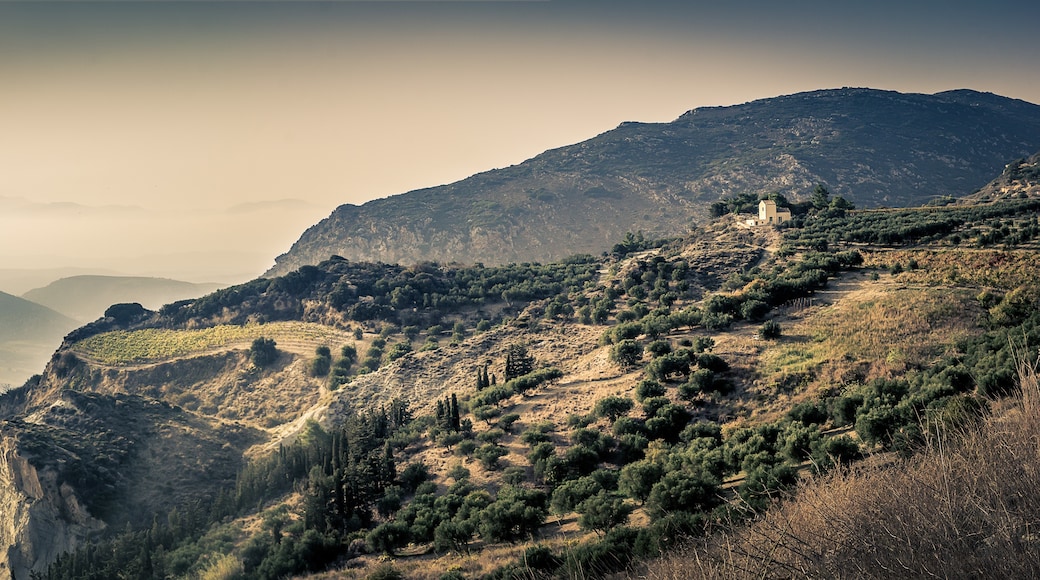Visit this ancient Greek city where over 5,000 years of history have been discovered by archaeologists.
Stand in front of the ancient wall of Gortyna to see engravings of the city’s laws. Visit the ruins of the acropolis and marvel at the statues, columns and monuments that have been discovered here after thousands of years. Learn about the city’s role in Greek mythology and visit the famous plane tree under which Zeus is said to have had one of his many affairs. Don’t miss the church of St. Titus, a testament to the Christian era of Gortyna.
At 1.5 square miles (4 square kilometres), Gortyna is the largest archaeological site in Crete and one of the most important in all of Greece. Historians have estimated the earliest occupation of the area at about 3000 B.C. Evidence shows that by 1600 B.C. this was a thriving Minoan community. With the first major archaeological discoveries made here in 1884, Gortyna has been an important site for archaeologists for over 100 years.
Make a visit to the wall inscribed with the Gortyna code a priority. This is one of the oldest known examples of a written Greek law code. Examine the characters carved into the stone thousands of years ago. You can still make out the letters in most places. More than 600 total lines of code are written over the 12 columns.
Once you’ve seen the wall, move to the ruins of the acropolis, where several fragments of statues and columns have been uncovered. Gortyna has over 1,500 relics such as this, making it one of the most densely decorated archaeological sites in Greece.
Don’t miss the plane tree under which the Greek god Zeus and princess Europa had their mythological affair. Be sure to visit the Byzantine church of St. Titus. Gortyna was one of the first Greek cities to convert to Christianity and it remained Christian until the 9th century.
Gortyna is located 27 miles (45 kilometres) south of Heraklion in the Messara Plain. The site is open to tourists year-round, except for holidays, and contains a modern visitor centre with a café and gift shop. There is a small charge for entry.

















